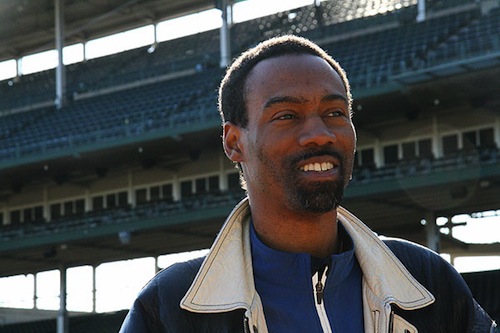For a man who has led a very successful life himself, Doug Glanville has a keen sense of tragedy. His guest piece in the New York Times last week—about number-one draft pick/injury victim/felony crack dealer Brien Taylor—is a sober meditation on what Glanville calls the “illusion of inevitability.” It is also really good. Taylor was a prodigy pitcher drafted out of high school, who tore through batters in the minor leagues until he injured his shoulder during an altercation between his brother and another man in a trailer park. Glanville was a Penn graduate drafted sixteenth, who has gone on to a successful career in commenting and analysis. He also has one hell of a sense of perspective:
I guess I don’t see a big difference between Brien Taylor and me, or Brien Taylor and any of those other players chosen at the top of the draft. Every player, whenever he stops playing and for whatever reason, feels the same thing, because we’ve all been living a passion whose only true inevitability is that it will end.
Damn.


